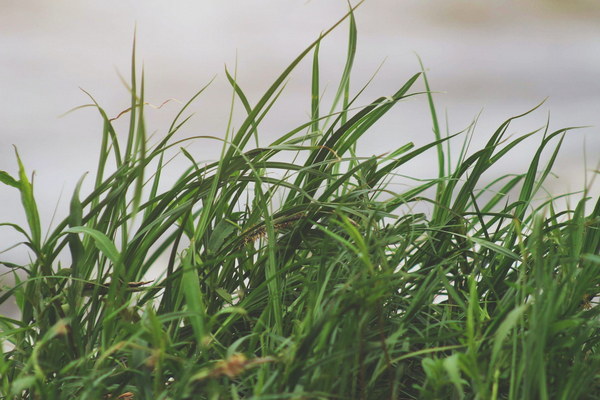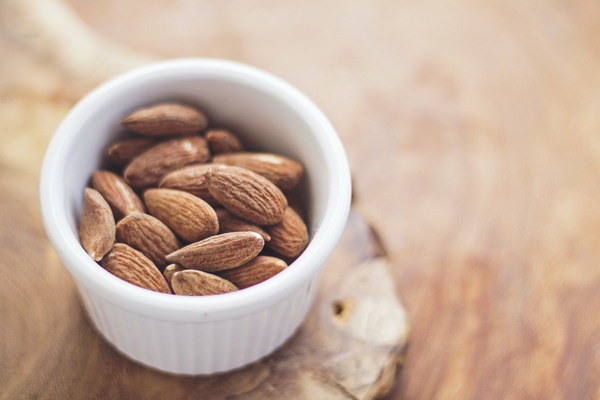Should You Clear or Nourish Your Lungs Decoding the Approach to Lung Yin Deficiency
Lung Yin Deficiency is a common condition in Traditional Chinese Medicine (TCM) that affects the respiratory system. It is characterized by symptoms such as dry cough, sore throat, low voice, and even difficulty breathing. When it comes to treating Lung Yin Deficiency, many wonder whether the focus should be on clearing heat from the lungs or nourishing the lung yin. In this article, we will delve into the concepts of clearing and nourishing in TCM and provide insights into how to approach the treatment of Lung Yin Deficiency.
Firstly, it is crucial to understand the fundamental principles of TCM. In TCM, the body is viewed as an intricate network of interconnected systems, with the lungs being an essential part of the respiratory and immune systems. Lung Yin Deficiency occurs when there is a lack of yin energy in the lungs, leading to various symptoms. To treat this condition, TCM practitioners employ a combination of herbal medicine, dietary adjustments, and lifestyle changes.
The concept of clearing in TCM refers to the process of expelling heat, dampness, or other pathogenic factors from the body. It is often associated with the use of cooling, diaphoretic, or detoxifying herbs. In the case of Lung Yin Deficiency, clearing the lungs might be necessary if the condition is accompanied by symptoms of heat, such as a dry cough with yellow phlegm, fever, or a sore throat.

On the other hand, nourishing in TCM refers to the process of replenishing and strengthening the body's yin energy. This approach focuses on using herbs and foods that are moistening, cooling, and nourishing to the lungs. Nourishing the lung yin is essential when the primary concern is the lack of yin energy, leading to symptoms such as a dry cough without phlegm, night sweats, and irritability.
Determining whether to clear or nourish the lungs in Lung Yin Deficiency depends on the specific symptoms and the individual's overall constitution. Here are some guidelines to help you decide:
1. Assess the symptoms: If the primary symptom is a dry cough with yellow phlegm, a sore throat, and fever, then clearing the lungs may be more appropriate. In this case, herbs like Scutellaria baicalensis (Chinese Skullcap), honeysuckle flower, and white peony root can be used to clear heat and moisten the lungs.
2. Consider the constitution: Individuals with a naturally warm and dry constitution may benefit more from nourishing the lung yin. They may exhibit symptoms such as a dry cough without phlegm, night sweats, and irritability. Herbs like Ophiopogon japonicus (Lilyturf Root), Trichosanthes kirilowii (Trichosanthes), and Alisma orientale (Water Plantain) can be used to nourish the lung yin.
3. Combine approaches: In some cases, both clearing and nourishing may be necessary. For instance, if a patient has a dry cough with both heat and yin deficiency symptoms, a combination of clearing and nourishing herbs may be used.
4. Lifestyle adjustments: Alongside herbal medicine, lifestyle changes can also play a significant role in managing Lung Yin Deficiency. These include avoiding exposure to dry and dusty environments, staying hydrated, and practicing gentle breathing exercises.
In conclusion, treating Lung Yin Deficiency in TCM requires a careful assessment of the individual's symptoms and constitution. While clearing the lungs may be necessary in cases of heat, nourishing the lung yin is crucial when yin deficiency is the primary concern. By combining herbal medicine, dietary adjustments, and lifestyle changes, individuals can effectively manage their Lung Yin Deficiency and improve their overall well-being.









